
How do ancestral hair practices inform modern understanding of shea butter’s effects?
Ancestral practices inform modern understanding of shea butter's effects by providing historical context and observed benefits for textured hair.

Can ancient hair oiling practices strengthen textured hair?
Ancient oiling practices strengthen textured hair by enriching its structure and linking it to a heritage of resilient care.

Why does ancestral wisdom guide textured hair care?
Ancestral wisdom guides textured hair care by offering a deep heritage of protective practices, natural ingredients, and holistic well-being.
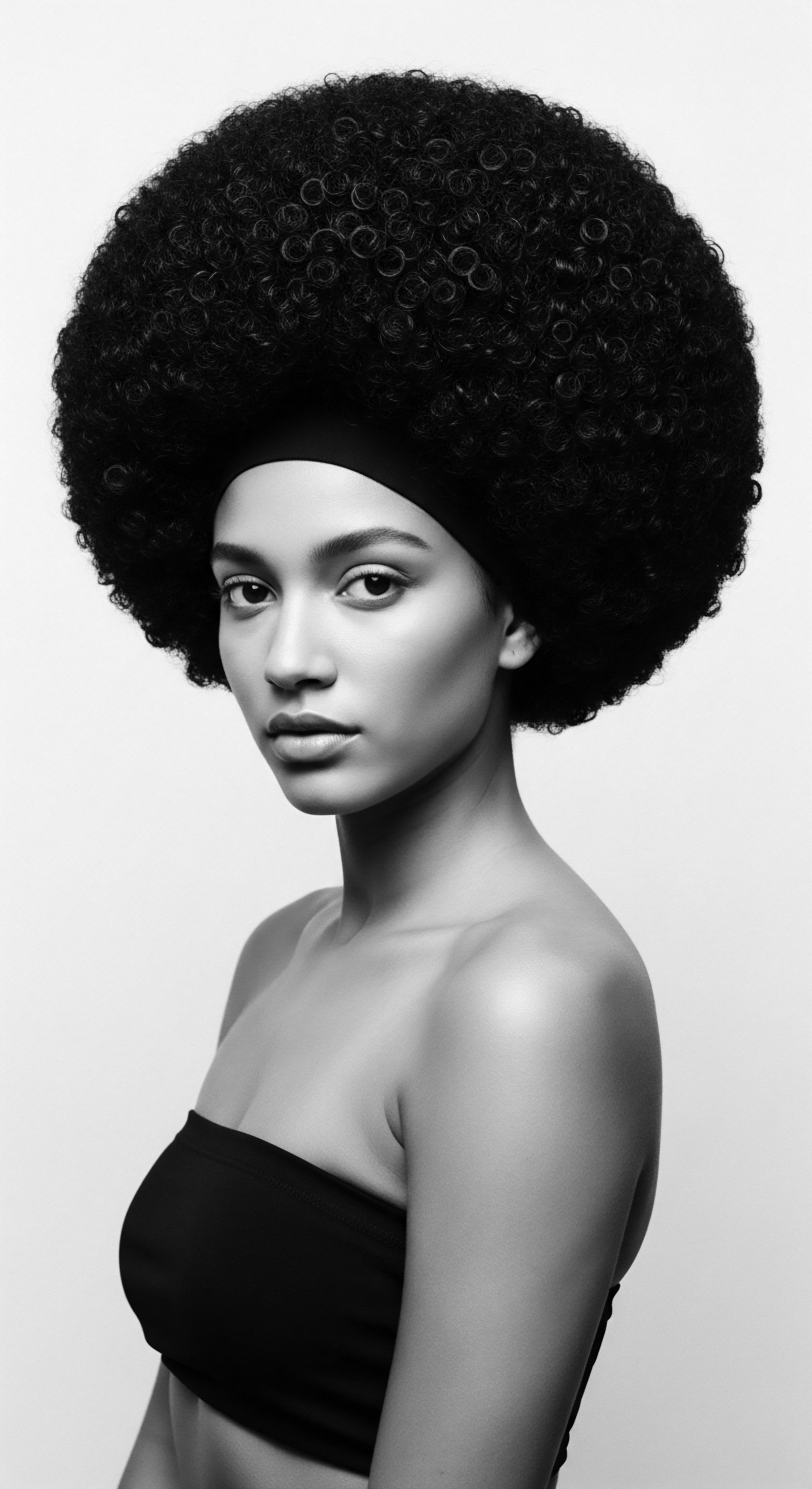
In what ways do modern natural hair movements echo ancient heritage?
Modern natural hair movements powerfully echo ancient heritage through their focus on holistic care, symbolic styling, and the reclamation of textured hair as a source of identity.
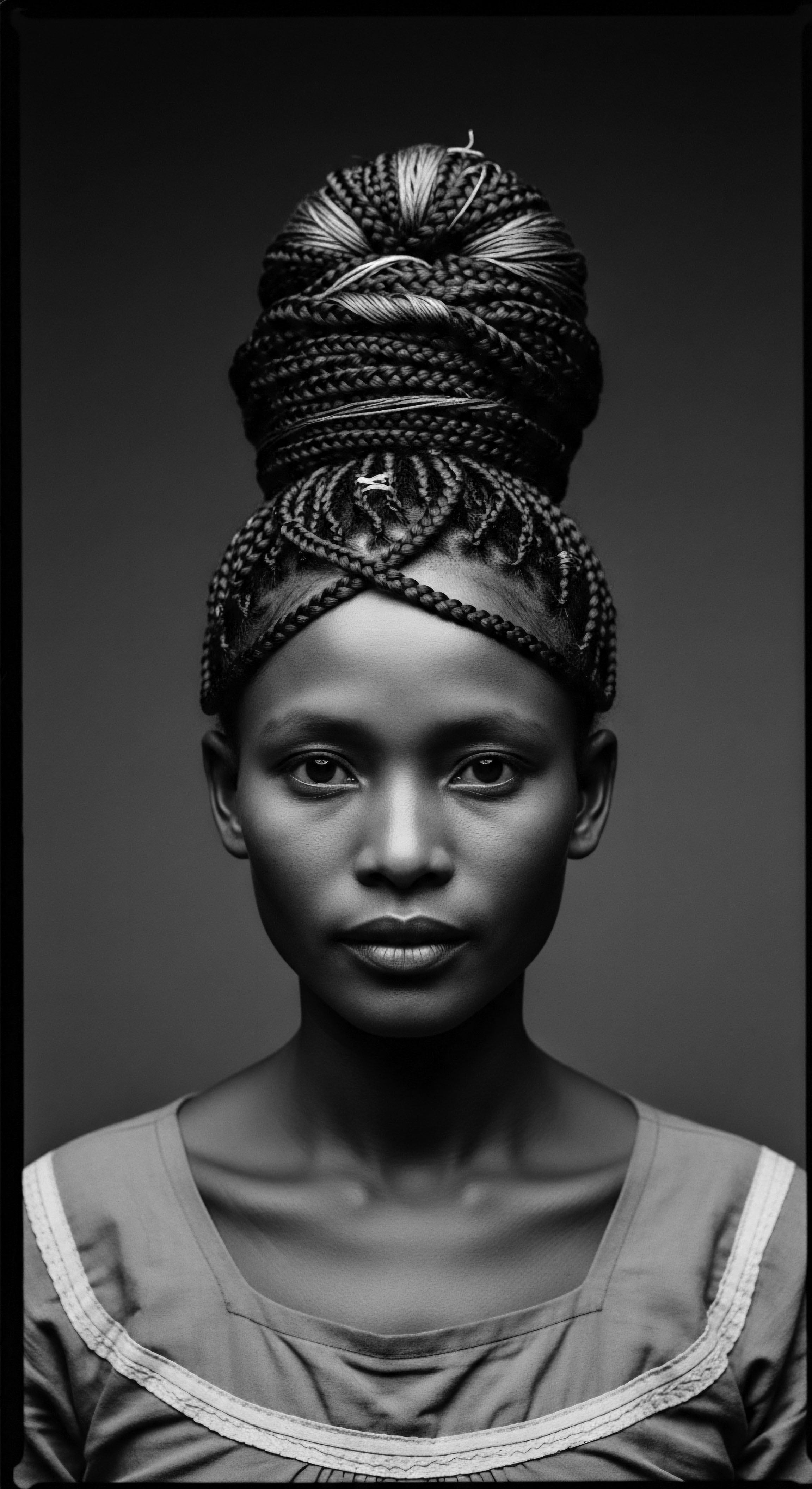
What historical foods improve textured hair health?
Historical diets rich in plant proteins, healthy fats, vitamins, and minerals, often used in both consumption and topical rituals, bolstered textured hair health rooted in ancestral heritage.

What historical comb materials were best for textured hair?
Historical combs for textured hair primarily featured natural materials like wood, bone, and horn, chosen for their gentle interaction with hair and their deep cultural significance within textured hair heritage.

How does African heritage influence hair practices?
African heritage profoundly shapes hair practices by infusing them with historical purpose, communal ritual, and resilient identity.

Can traditional African practices validate modern textured hair science?
Traditional African hair practices offer empirical validation for modern textured hair science, rooted in centuries of heritage.

Which traditional ingredients benefit textured hair porosity?
Traditional ingredients like shea butter, coconut oil, and rice water historically sealed and nourished hair, particularly benefiting textured hair porosity through ancestral practices.

In what ways did textured hair serve as a symbol of resistance historically?
Textured hair historically served as a profound emblem of resistance, a living testament to identity, communication, and unyielding cultural heritage.

How did traditional African cultures cleanse textured hair?
Traditional African cultures cleansed textured hair using natural ingredients like clays, saponifying plants, and herbal infusions, honoring its heritage and unique needs.

In what ways do modern hair practices echo ancient African cleansing heritage?
Modern hair practices mirror ancient African cleansing heritage through the continued use of natural ingredients and a holistic approach to textured hair care.

Can traditional hair oils genuinely nourish textured strands?
Traditional hair oils genuinely nourish textured strands by mimicking natural sebum, sealing moisture, and upholding centuries of heritage.

Ancient African Societies
Meaning ❉ Ancient African Societies denote diverse historical civilizations whose profound connection to textured hair shaped identity, status, and spiritual practices.

How does African heritage shape textured hair scalp care?
African heritage profoundly shapes textured hair scalp care through ancestral wisdom, communal rituals, and the enduring use of natural ingredients.

What traditional oils benefit textured scalp?
Traditional oils like shea, coconut, and castor oil provide moisture and protection, honoring textured hair's ancestral care heritage.

In what ways did ancestral hair routines celebrate communal identity and heritage?
Ancestral hair routines solidified communal identity through shared practices, cultural transmission, and meaningful adornments.
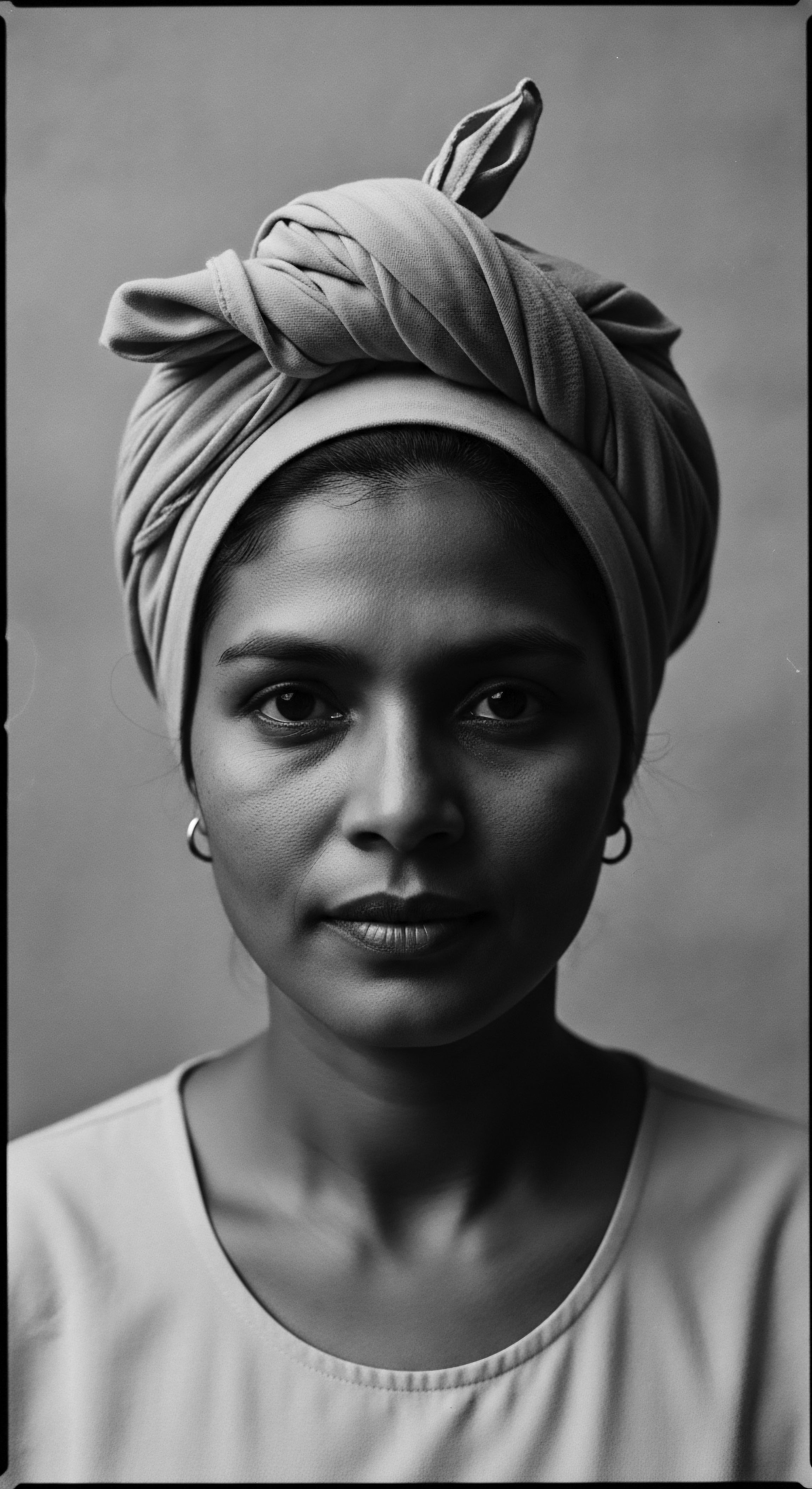
Can ancient botanical knowledge explain current textured hair product efficacy?
Ancient botanical wisdom offers profound insights into the effectiveness of modern textured hair products, deeply rooted in ancestral heritage.

What is the historical significance of natural comb materials for textured hair?
Natural comb materials hold deep historical roots in textured hair care, embodying ancestral knowledge and cultural identity across millennia.
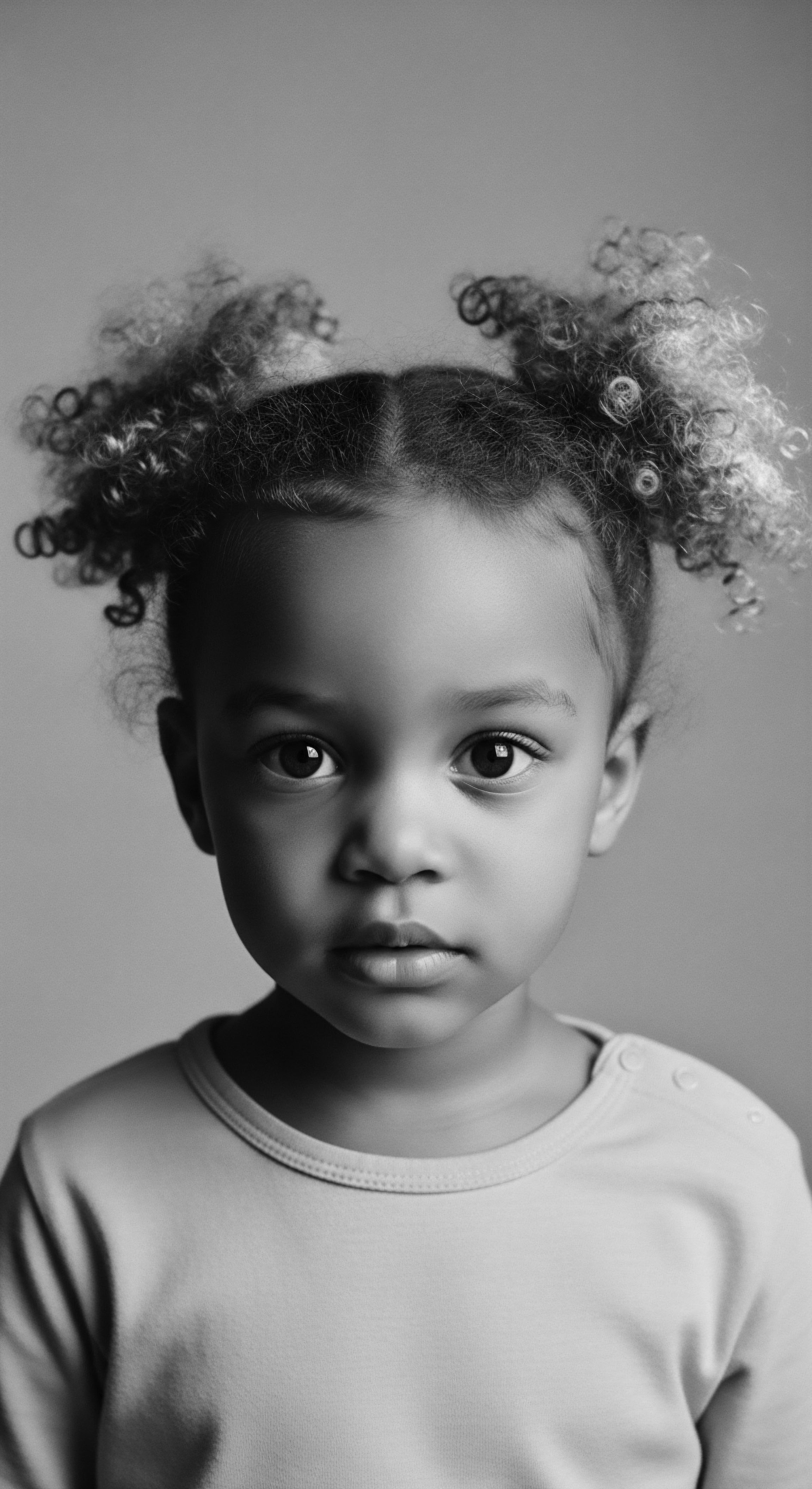
How did early braiding patterns communicate heritage?
Early braiding patterns communicated social status, age, tribal affiliation, and even clandestine survival messages, deeply rooting identity within textured hair heritage.
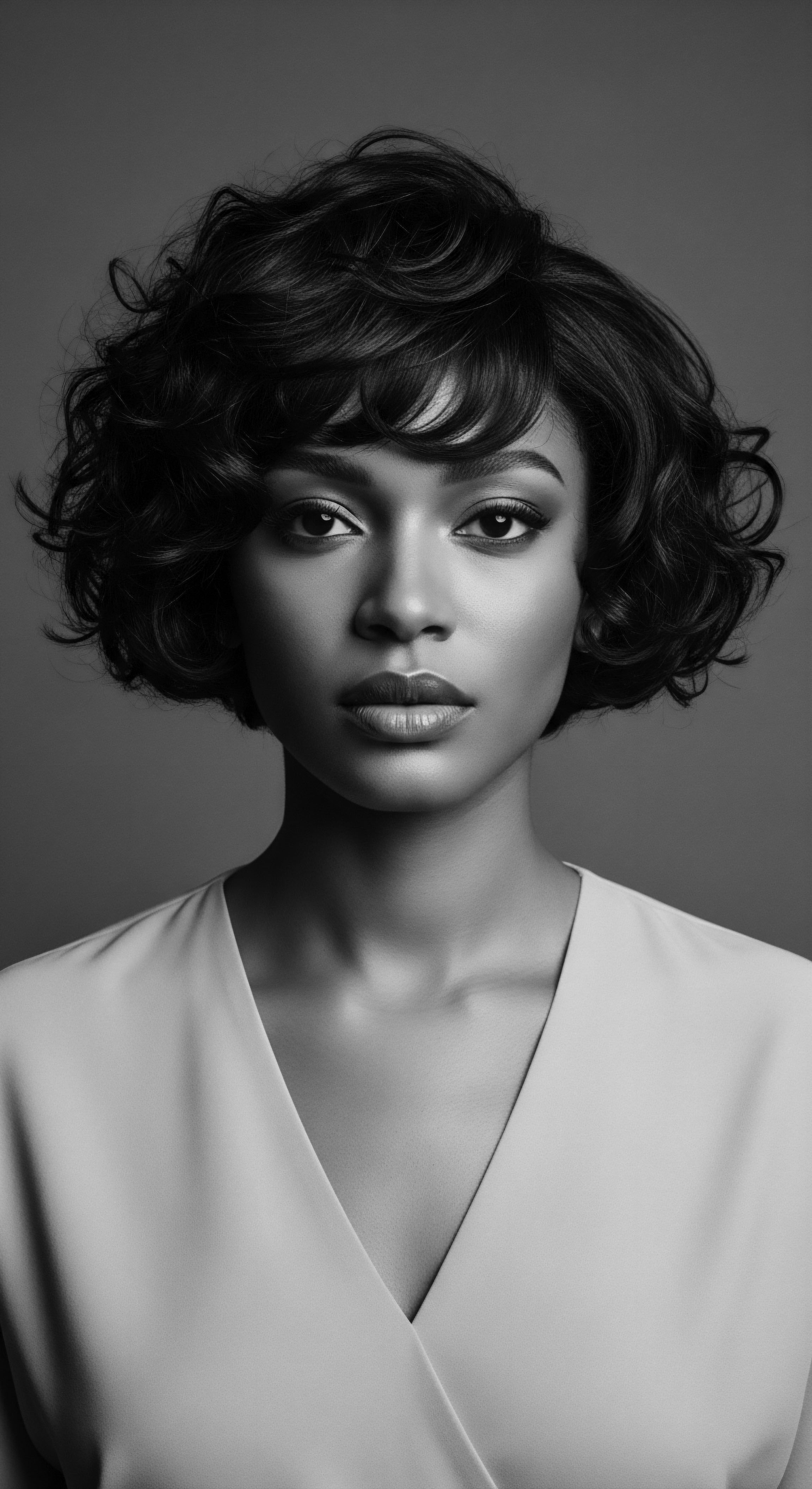
What benefits did textured hair offer?
Textured hair provided ancestral peoples with critical solar protection, hydration preservation, and a profound medium for cultural identity and communication.
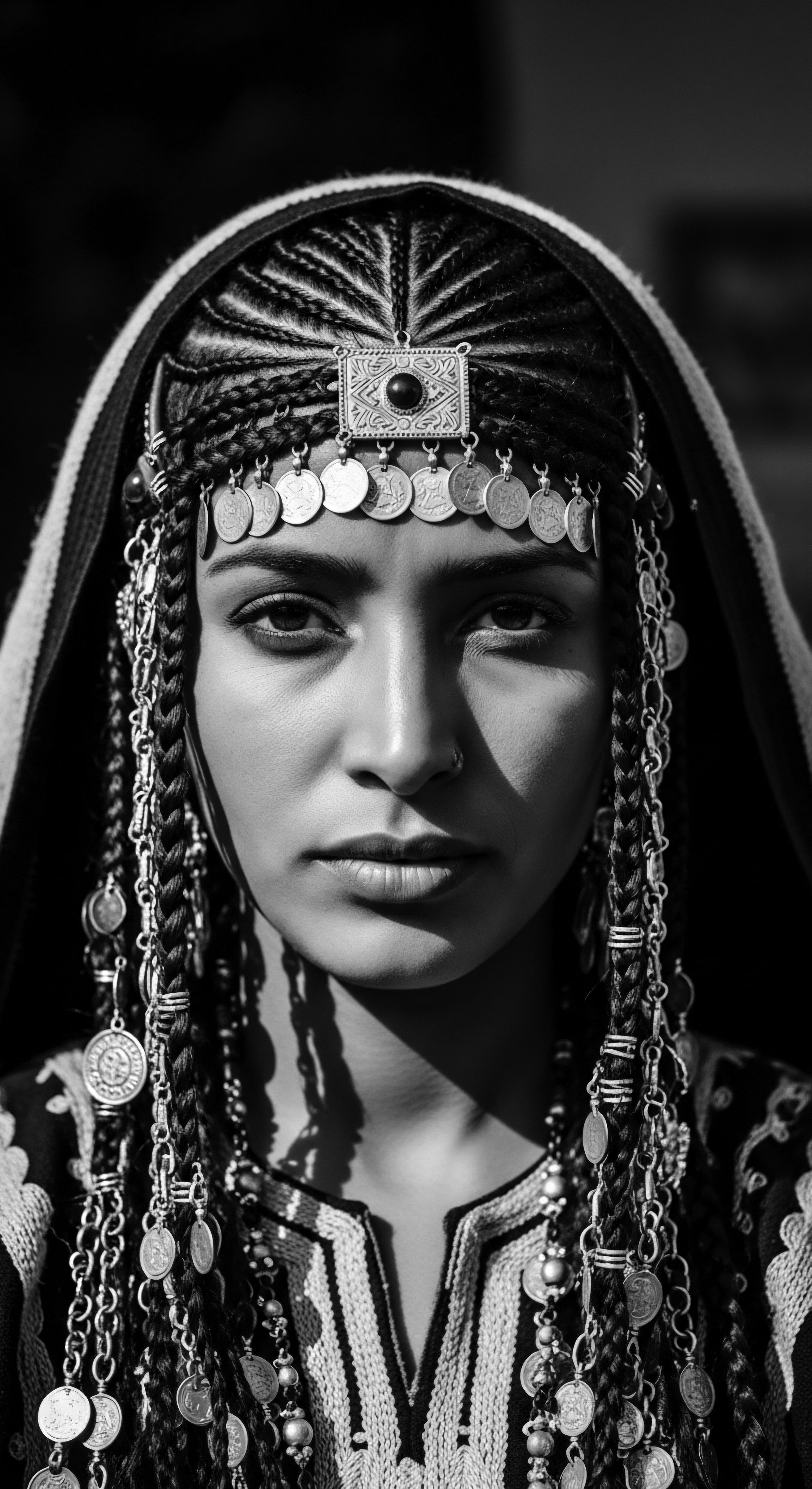
How do ancestral African practices protect textured hair?
Ancestral African practices protect textured hair through meticulous styling, natural emollients, and holistic care rooted in inherited wisdom.

In what ways did textured hair represent identity and status historically?
Textured hair historically served as a profound visual language, signifying identity, social status, and cultural heritage across diverse communities.
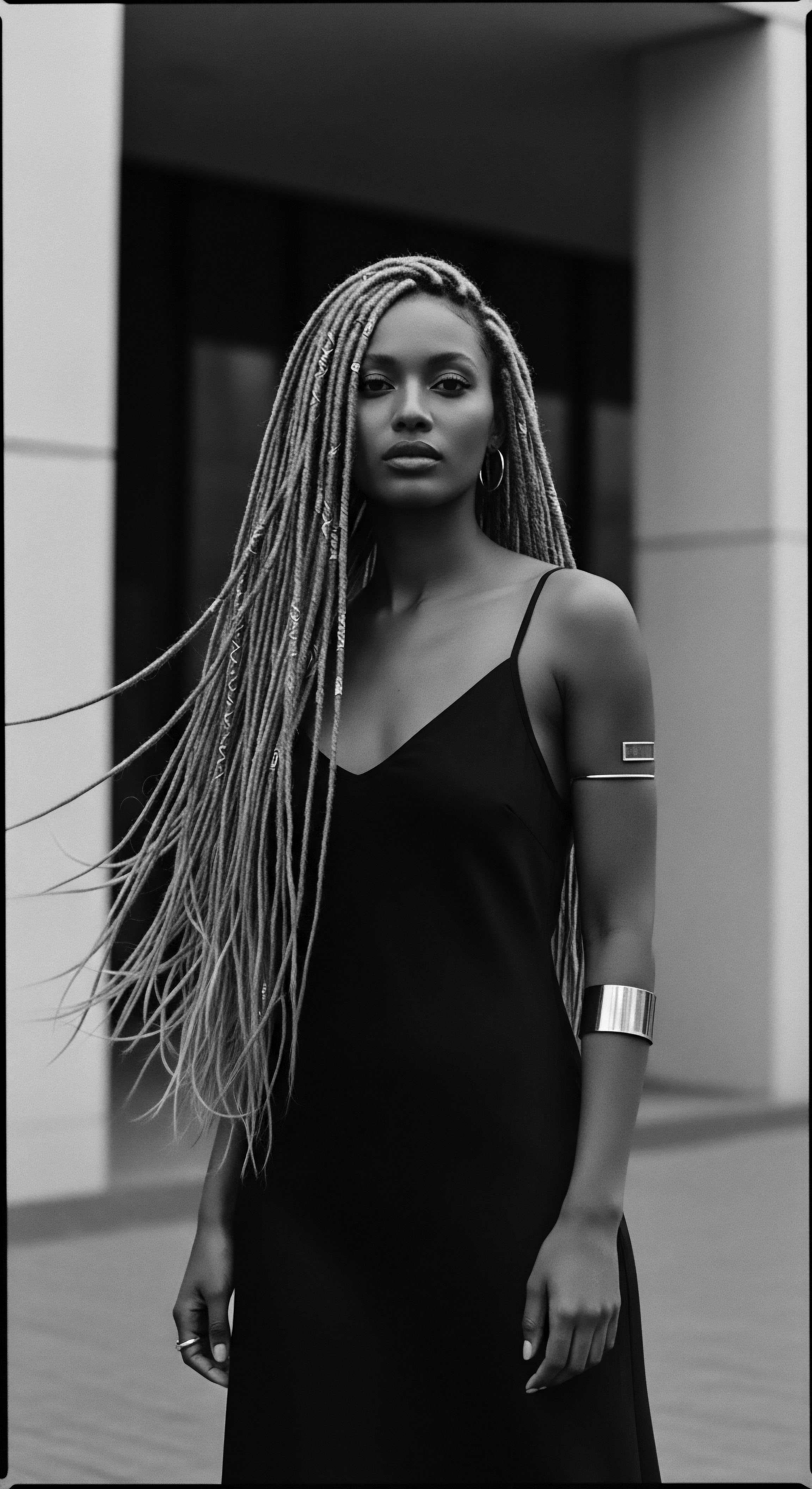
Can shea butter’s ancient applications soothe contemporary textured scalps?
Shea butter’s ancient applications, rooted in textured hair heritage, offer deep hydration and anti-inflammatory properties for modern scalps.

In what ways do Caribbean and African plant traditions reflect shared hair care heritage?
Caribbean and African plant traditions reflect shared hair care heritage through continuous botanical knowledge application and ritual practices.
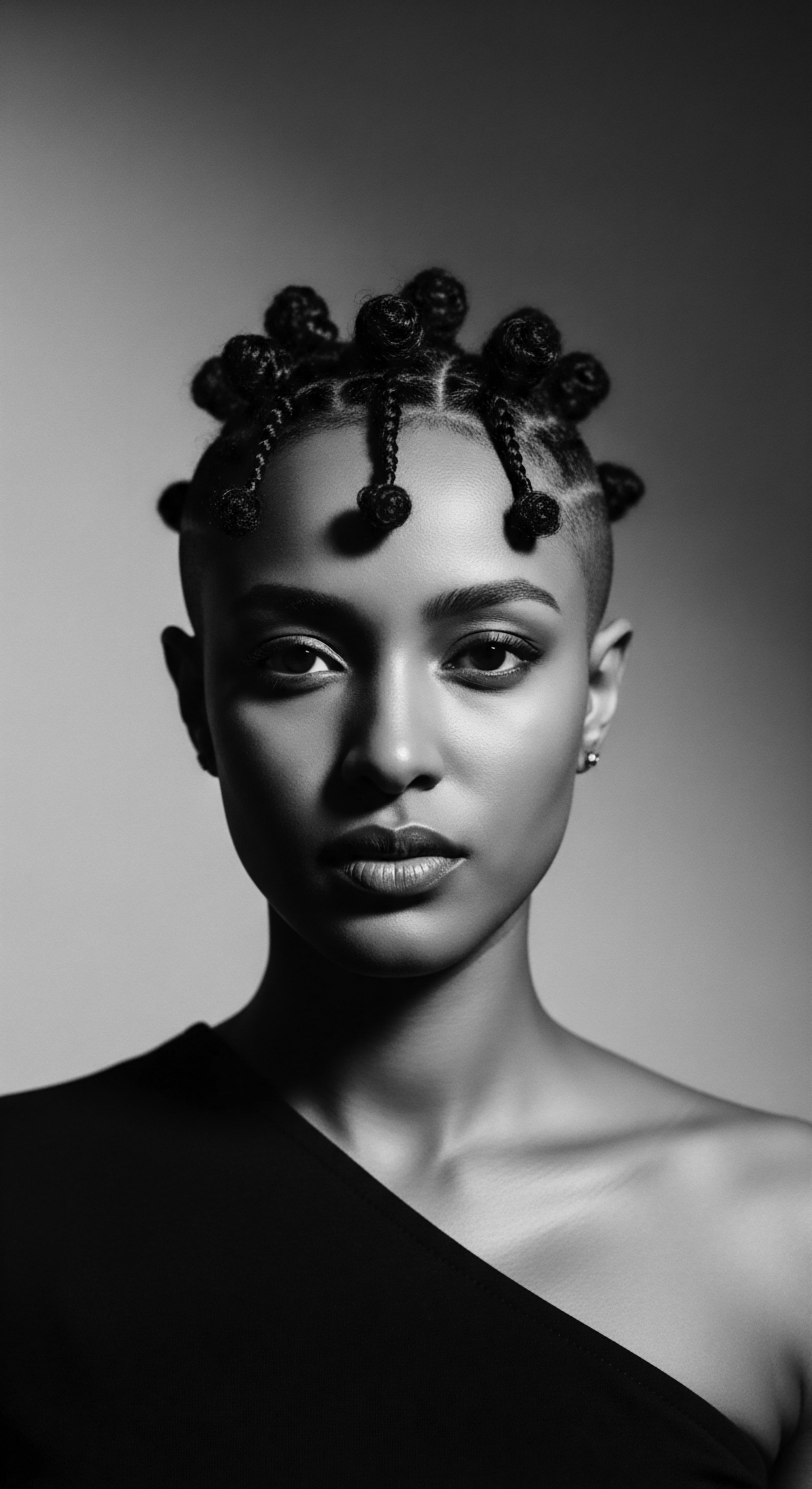
How did ancient sun exposure influence textured hair evolution?
Ancient sun exposure led textured hair to evolve as a vital shield against intense UV radiation, deeply shaping our hair heritage.
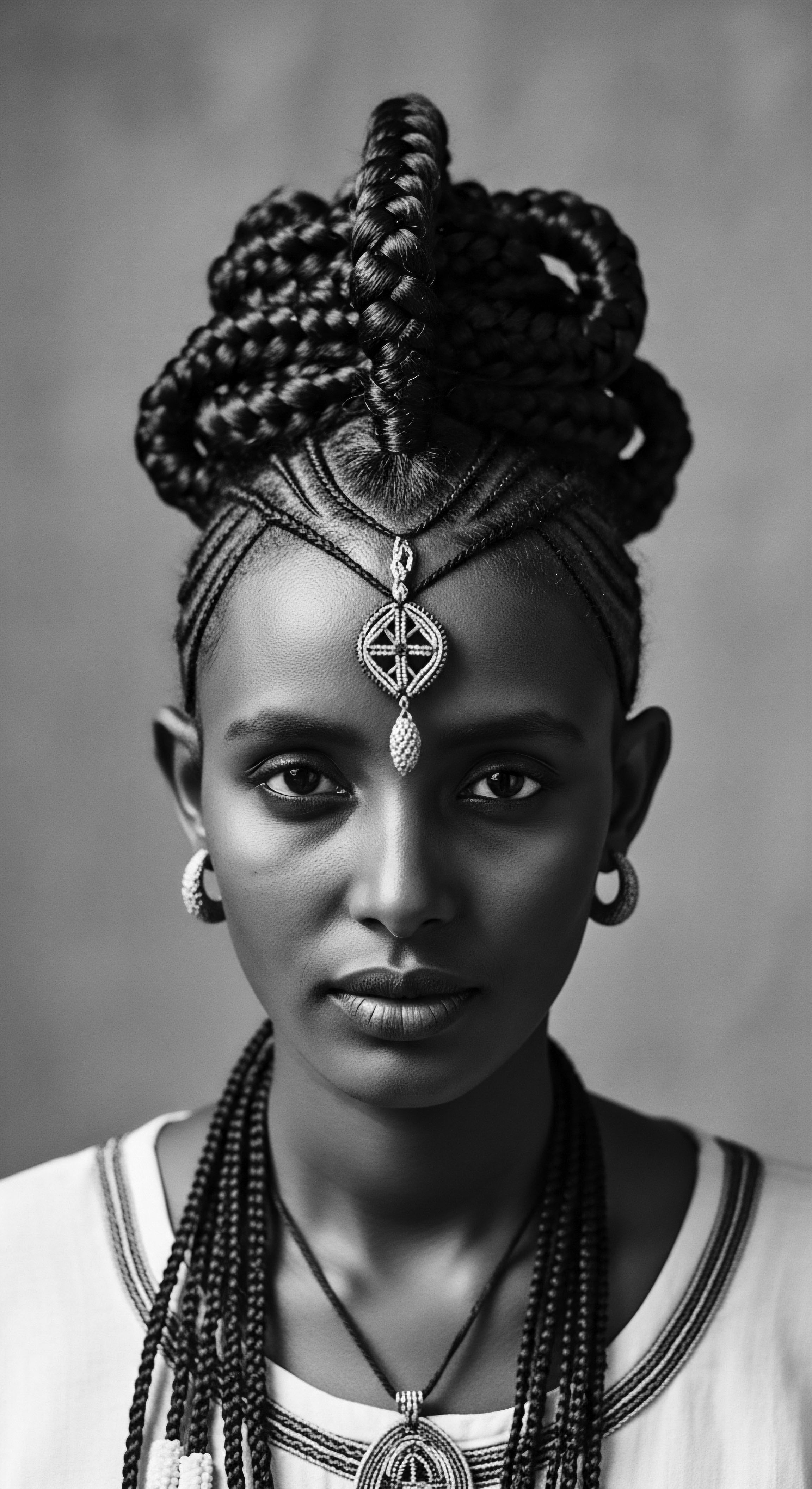
How did historical braiding styles communicate heritage?
Historical braiding styles conveyed heritage through symbolic patterns, social status, and covert communication of survival.
